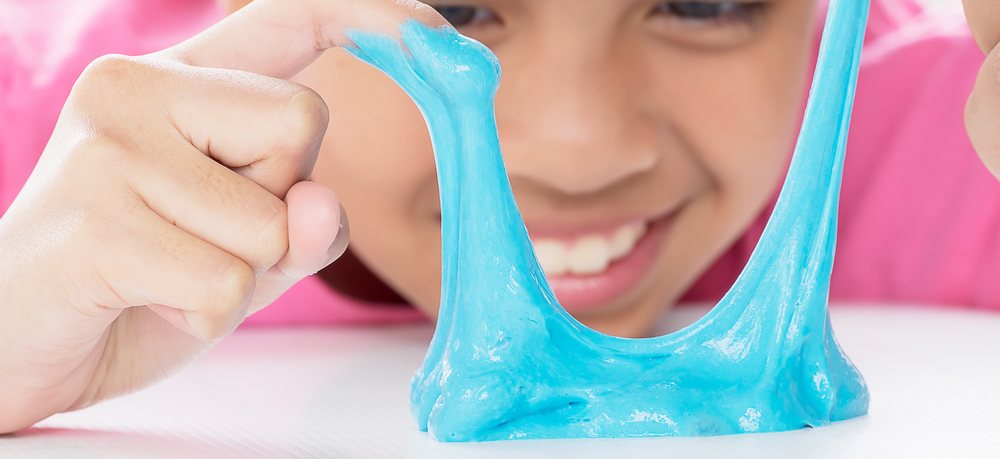Asperger’s syndrome is a developmental disorder where you struggle with communication and behavioural problems. Asperger’s falls on the autism spectrum. People diagnosed with this condition usually have high intelligence and no speech delays. However, they tend to act, speak and play differently from other people. They may also struggle to understand and process language.
Common signs of Asperger’s include:
- Missing social cues. For example, during a conversation.
- Craving routine and repetition.
- Not making eye contact.
- Not understanding abstract thinking. For example, they may struggle to see the world from another person’s view.
- Obsessing over one interest.
How is Asperger’s diagnosed?
Some people don’t think it’s necessary to get a formal diagnosis because of the label, but a proper diagnosis is helpful. A diagnosis is important because it helps you (and your loved ones) better understand your condition. So, you’ll be able to manage it more easily. It also allows you to access sources of support.
Children as young as 18 months old can be diagnosed. As Asperger’s syndrome varies from person to person though, this makes diagnosis difficult. Diagnosis often includes the help of a psychiatrist or psychologist, a speech and language therapist and a doctor. Asperger’s is often diagnosed much later than autism as the symptoms are more difficult to recognise before adulthood.
There’s no blood test or medical scan that can test for Asperger’s. For children, doctors assess a child’s behaviour and development against a milestone checklist and compare it to children of the same age. For adults:
- Your doctor may ask about your social life and interactions. This is to assess your social skills and how significantly they impact you.
- If you’ve been diagnosed with another condition that’s related to Asperger’s (e.g. depression or hyperactivity), your doctor may refer you to a specialist as you could have been misdiagnosed.
- Your doctor will rule out possible underlying issues that could explain your symptoms.
How is Asperger’s treated in adults?
There’s no cure for Asperger syndrome, however, there are treatments that can help you cope with the symptoms.
Cognitive behavioural therapy
Therapy is important for those with Asperger’s as it can help you cope with symptoms like anxiety and social isolation. It could also help you hone new social skills and make social interactions less intimidating and frustrating.
Speech therapy
A speech therapist can help you communicate better. You’ll learn how to process language better and how to control your voice when interacting with others. Your therapist, along with your behavioural therapist may also teach you how to move between topics during conversation and how to show interest when someone is talking to you.
Occupational therapy
Most people with Asperger’s can keep full-time jobs successfully. However, some may face difficulties with interactions at work. An occupational therapist can help you find solutions for any work-related issues so that you can successfully do your job.
Medication
No medication can treat Asperger’s syndrome, but there are ones to help cope with related conditions related. For example, issues like anxiety, depression and the inability to focus may crop up if you have Asperger’s. Your doctor may prescribe medication to help you cope with these issues.


